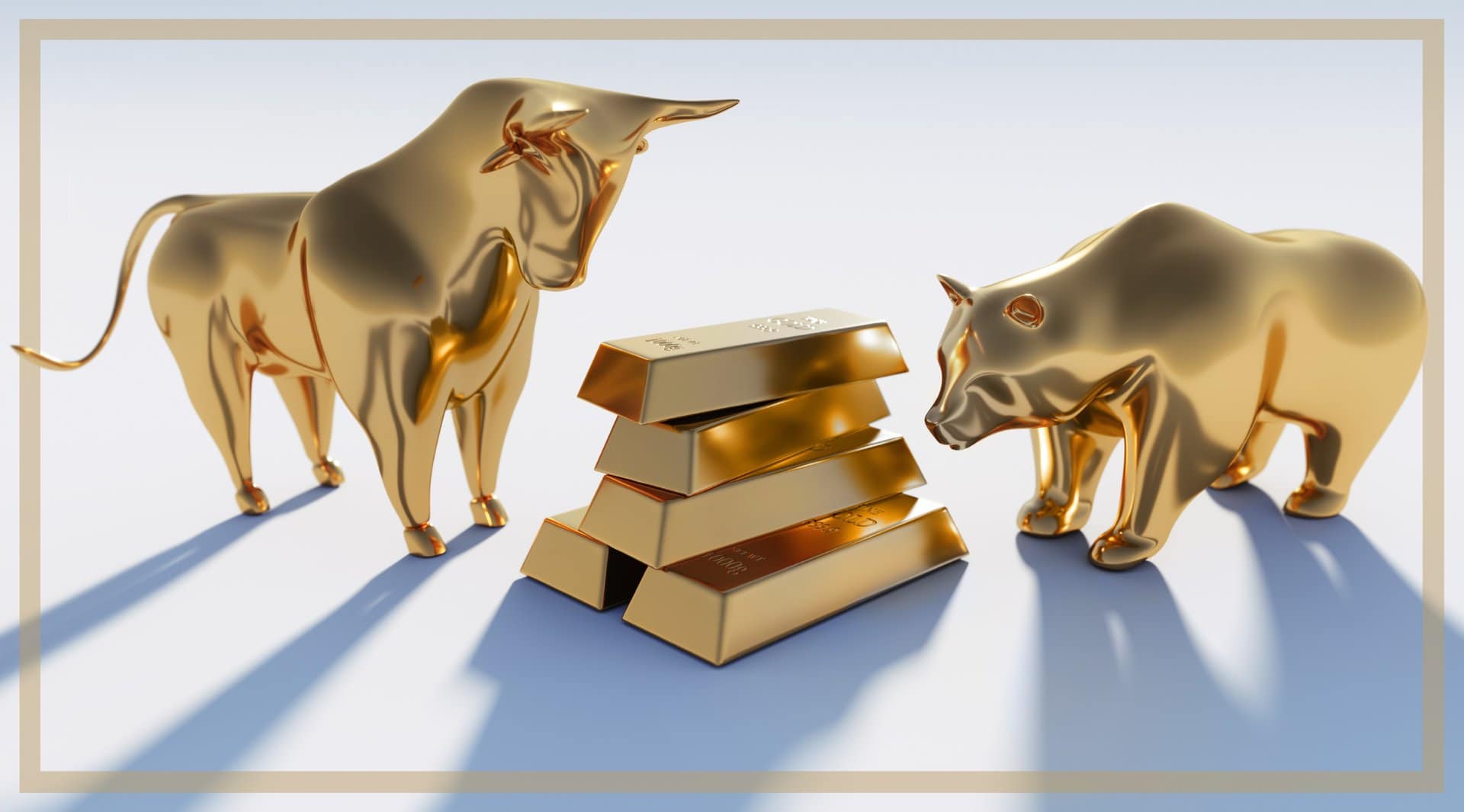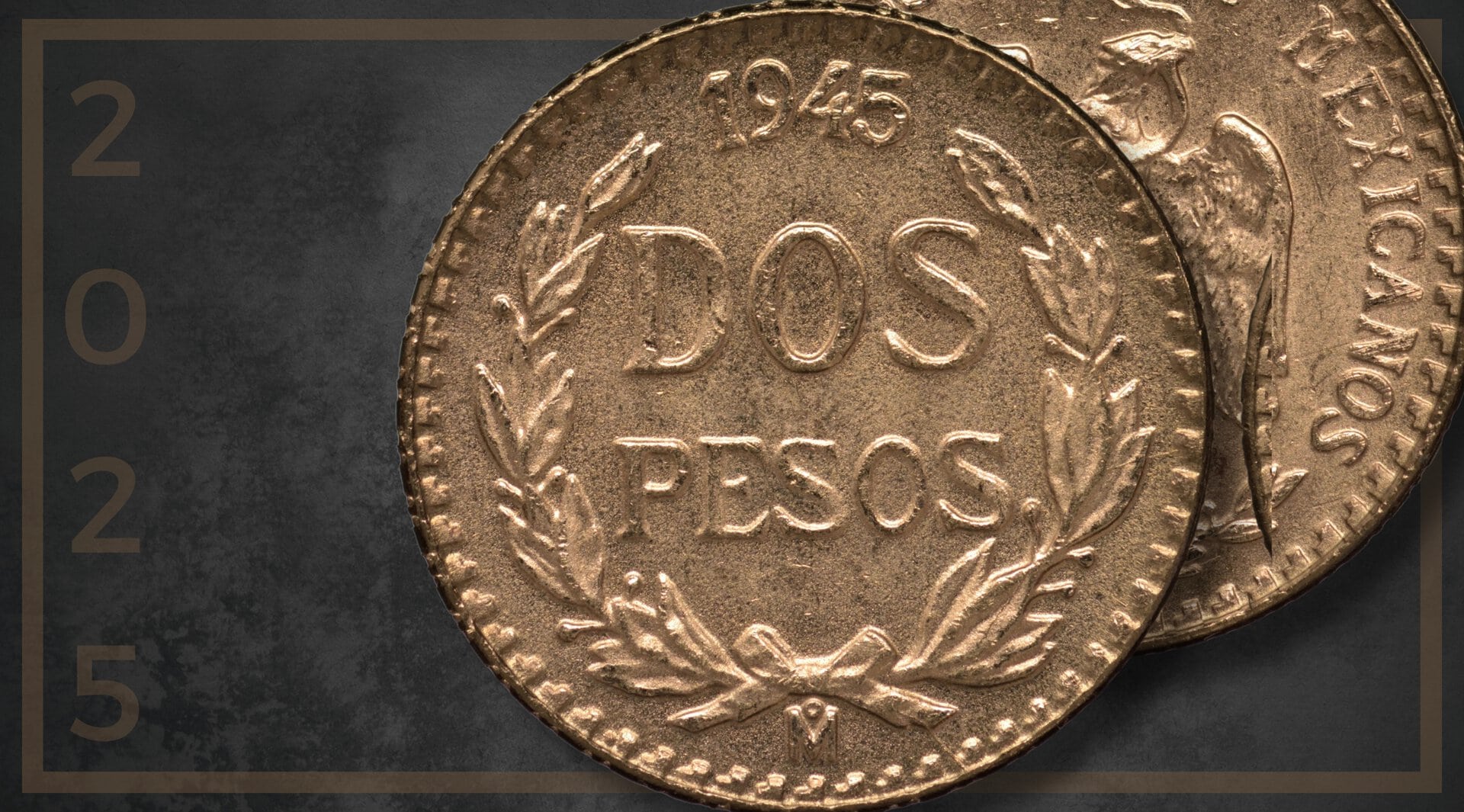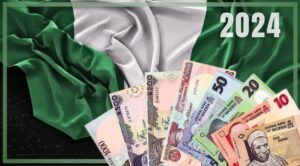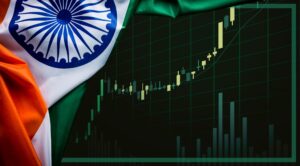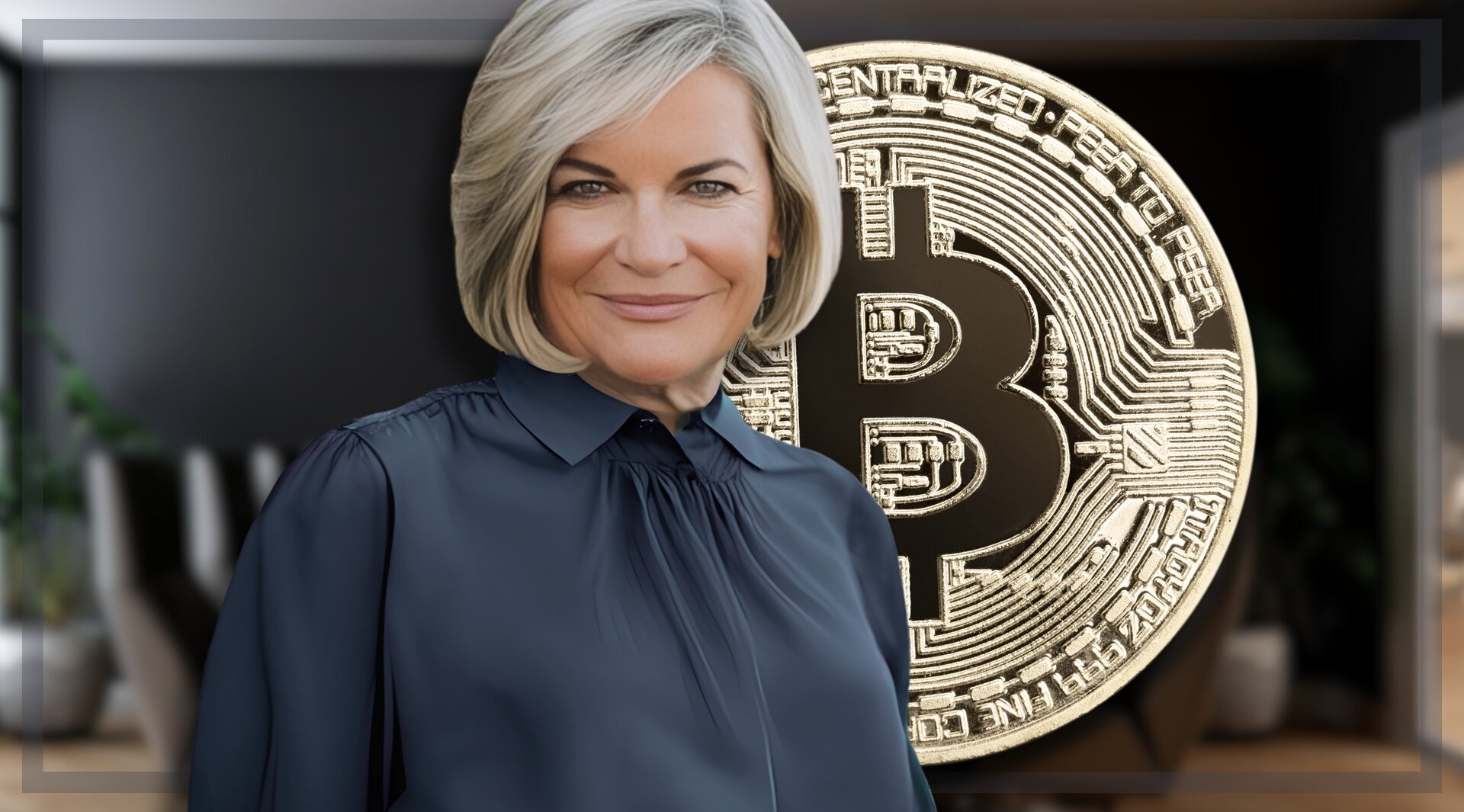It’s hard to think of a time in recent years where the world has been a more dangerous place. Pretty much everywhere you look, there’s conflict and geopolitical tension, and as a result, the potential for serious economic disruption.
In the Middle East, the ongoing conflict in Gaza – which so far has killed about 25,000 people – has prompted Yemen’s Houthi rebels to attack commercial shipping in the Red Sea. The 12% of seaborne-traded oil that passes through this stretch of water is therefore to be diverted around the Cape of Good Hope, meaning billions of dollars’ worth of goods will be stranded at sea for weeks.
Stringent limits on the supply of oil and other commodities means inflation is practically inevitable, even if the price of oil has failed to respond yet. The United States and its allies are once again being dragged into conflict in the Middle East. Violence in the region is now spilling over into Central Asia, with Iran launching attacks on nuclear-armed Pakistan.
“The oil market has been behaving strangely for a while […] this has led some to speculate that algorithmic trading and hedge fund short-selling may now be dominating the market,” says @philippilk.
— #DisruptionBanking (@DisruptionBank) January 9, 2024
Is the oil market broken?https://t.co/kIULx0j0Ku
Slightly south, the tension between Ethiopia, Djibouti, and Somalia is further raising the stakes in the Red Sea and the surrounding area. Addis Ababa, the world’s most populous landlocked country, has long considered access to the Red Sea a strategic imperative and has therefore signed a deal with Somaliland, a breakaway region of Somalia, to gain access to its ports. Somalia considers this to be a serious violation of its sovereignty, with Djibouti also outraged by what it sees to be an act of aggressive expansionism.
In Asia, North Korea, another country with nuclear weapons, has just changed its constitution to recognise South Korea as the “number one hostile state,” ramping up the tensions on the peninsula. Last Saturday, Taiwan elected the fervently anti-China William Lai as president, outraging Beijing. Any escalation in the region could imperil the export of semiconductors from Taipei, which produces 60% of the world’s total supply and 90% of the most advanced chips.
Meanwhile at Davos, President Zelensky has requested peace talks, in the first real sign that Kyiv does not see total victory as possible against Russia.
Switzerland agreed to host a global peace summit on Ukraine at the request of Ukrainian President Volodymyr Zelenskiy, who said he would like China to participate in the conference https://t.co/AJsW2hYWxM pic.twitter.com/K8EtxBRsEY
— Reuters (@Reuters) January 16, 2024
All of this comes at a time of great political uncertainty globally. More than four billion people are eligible to vote in elections this year, some of which, such as that of the US, could instigate seismic shifts in the geopolitical landscape. Given the magnitude of danger and precariousness, why is the price of gold, usually one of the world’s “safe haven” assets of choice, failing to respond?
Indeed, since the start of the year, the price of gold has in fact fallen slightly, despite the escalation of tensions around the world. Trading at $2,067.30 on New Year’s Day, the price has since fallen by 1.5% to $2,036.20 at time of writing. Over the past twelve months, the price of gold has risen by just 6%, pretty much in line with inflation.
Given that gold has long served as a hedge against inflation and macroeconomic risk, many experts are forecasting the price to rise. Collin Plume of Noble Gold Investments has said that “gold is the best hedge there is in every portfolio […] each time a downturn happens, you need that one asset that will keep you buoyant while you wait for the rest of your portfolio to recover.” But there’s not really much sign the market agrees, at least not yet.
Gold is getting rejected at the all time high again.
— Mac10 (@SuburbanDrone) April 14, 2023
Not a safe haven from global meltdown. pic.twitter.com/UUmJOQl2TC
Why is this happening? One possible explanation is that gold prices are no longer being driven by considerations over inflation or geopolitical uncertainty, but instead by central bank purchases. The central banks of Russia, China, and emerging markets are increasingly looking to de-dollarise in light of the States’ decision to sanction Moscow’s central bank and weaponise the greenback. Indeed, research has shown that the price of gold is continuing to decouple from Treasury Inflation Protected Securities (TIPS) and has effectively become a “sanction hedge” for central banks.
The alternative is that traders on commodity markets are blind to what’s going on. We’ve already seen this on oil markets, which has become so dominated by hedge funds and algo-traders that physical supply and demand dynamics are being ignored. Is it possible that traders are simply complacent as to the risks that are engulfing the world and threatening financial security across different markets?
Traders in China aren’t making this mistake. Demand for gold in Chinese markets is soaring. The spread between Shanghai and London prices has hovered around $10 per ounce for the last decade, but at one point in the third quarter last year the spread was more than $50. This trend appears to have continued into this year, with turnover on the Shanghai Gold Exchange hitting a seven year high.
It’s true that some domestic factors will also be at play here – in particular the real estate crisis that is causing some major weaknesses in the Chinese economy – but could it be that traders in East Asia are more alert to global risk levels and are seeking to hedge accordingly?
Despite the apparent quiet in the global OTC #gold market, THIS is interesting.
— John Reade (@JReade_WGC) January 10, 2024
Turnover on the 9999 gold contract of the Shanghai Gold Exchange just hit a seven year high. pic.twitter.com/H5gcwiRO5X
Of course, it’s possible that demand for gold in London and New York will steadily increase as the risks to the global economy continue to escalate, although there’s no sign of this yet. It’s also possible that we’ve moved into an era in which the commodity will no longer serve as a hedge against risk. Regardless, questions need to be answered about what exactly is happening to gold and what its purpose on markets now is.
Author: Harry Clynch
#Gold #Commodities #Risk #Geopolitics #Inflation #London #NewYork #Shanghai


